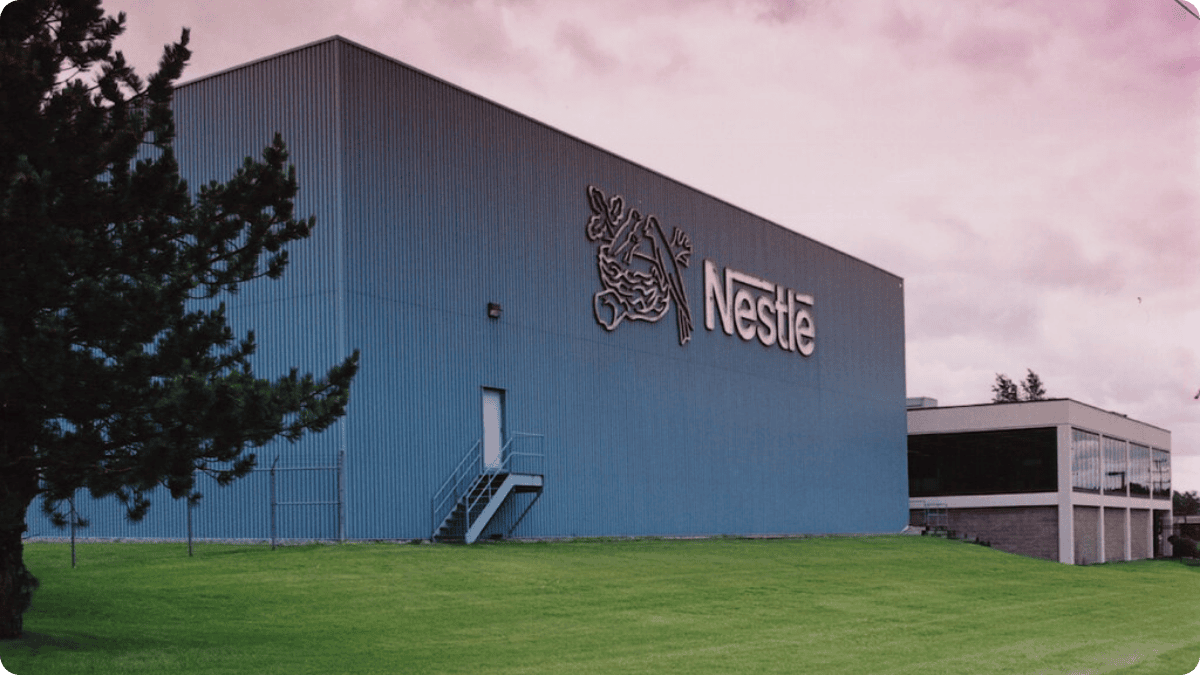Nestlé’s “Regenerative” Revolution: Real Change or Just Recycling Old Greenwashing?
A critical investigation into Nestlé’s sustainability claims in the U.S. and EU and what they really mean for farmers, soil, and the future of food.

Nestlé, the world’s largest food company, is loudly promoting its new “regenerative agriculture” initiatives and sustainable packaging breakthroughs. They want us to believe the food system is being reborn green under their corporate care.
But is Nestlé’s regenerative revolution authentic environmental progress, or just a slick rebranding of business as usual?
What’s Behind The Announcement
Nestlé pledged CHF 1.2 billion (about $1.3B) to “enhance regenerative agriculture” by 2025, aiming for 20% of ingredients through regenerative methods by then and 50% by 2030. By 2024, they claimed to have reached 21.3%.
On paper, those numbers look bold. In practice, Nestlé’s definition of “regenerative” is broad and flexible. Cover crops here, a tree planting project there. No hard requirements on cutting chemical inputs or scaling down factory farming.
Industry watchdogs warn this approach risks becoming corporate greenwashing, allowing Big Food to slap “regenerative” on practices that barely scratch the surface of systemic change.
The Numbers Don’t Lie
A report by the NewClimate Institute found Nestlé may rely on land-based carbon removal like soil carbon and tree planting for up to 80% of its 2030 targets. That creates a misleading impression of progress. Meanwhile, methane emissions from Nestlé’s dairy empire remain high, with no plan to reduce herd sizes.
NGO As You Sow graded 20 food giants on regenerative programs. The average grade was a “D.” Nestlé failed to mandate pesticide reduction, unlike PepsiCo or McCain.
Experts warn such weak definitions risk turning regenerative agriculture into little more than a marketing term.
How It Impacts Farmers
Farmers in Nestlé’s supply chain get small carrots like cover crop seeds and cost share on equipment while the sticks of low prices and high input costs remain. Some trials show promise, but many corporate-sponsored programs leave farmers still reliant on pesticides, GMO seeds, and industrial-scale practices.
Farmers say true regenerative agriculture takes patience, holistic practices, and a fair economic deal, not just a new label.
The Packaging Paradox
Nestlé also pledged 100% recyclable or reusable packaging by 2025. But in 2022 they quietly softened the goal to 95% “designed for recycling.” By 2023, 83.5% was “designed for recycling” but in reality, global plastic recycling rates hover around 9%.
Every year since 2018, Nestlé has ranked among the world’s top three plastic polluters. Greenpeace even built a “plastic monster” from Nestlé trash and dropped it at their headquarters. Nestlé emphasizes recyclability while pumping out 1.5 million metric tons of single-use plastic annually.
The Path Forward
Nestlé’s regenerative and packaging promises are high profile but riddled with loopholes. There is still time to prove sincerity by cutting synthetic inputs, paying farmers fairly, reducing dairy and meat reliance, and slashing plastic production.
But unless Nestlé matches words with radical change, its “regenerative revolution” risks being remembered as just another chapter in corporate greenwashing.
🌱 Every article we publish is free because food freedom shouldn’t hide behind a paywall. Paid subscriptions us to connect more people with food producers

